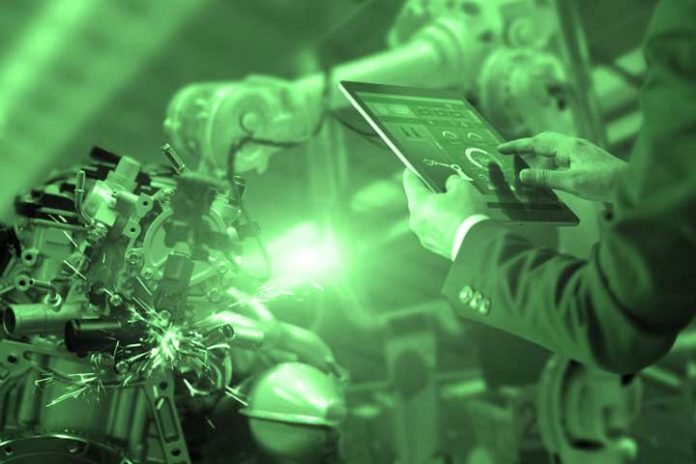Digitization, robots, and 3D printing are now an integral part of everyday life. What began ten years ago as the “ Industry 4.0 ” master plan seems to have established itself. Although not all expectations were met, it is an important part of the factory of the future.
Are the negative diagnoses of the last 50 years meaningful?
Since the 1970s, industrial goods production has been a thing of the past in rich countries. Numerous manufacturing processes are being outsourced, primarily to areas with lower wage costs. Where this procedure is not possible, it is automated. Numerous negative diagnoses have persisted for around 50 years.
An employee of the Max Planck Institute for Social Research, Timur Ergen, points out, however, that the negative representations only reflect part of the situation. After all, these are ambiguous statistics that take into account values that do not indicate whether this is actually the case.
Industry pioneers disagree
The current industrial fair in Hanover has taken up this topic. Since the main theme, this year is “Industrial Transformation”, the 1250 virtual exhibitors want to present the factories of the future. Important: Which technologies are used? And how can they support the vulnerability of global supply chains? The fact that there is a major shortcoming here has crystallized in the course of the Covid 19 pandemic.
In order to be better protected in the future, many companies are trying to become more independent from individual suppliers. It is also important to reduce dependencies on preliminary products that currently come from Asia. More in-house production in Europe is one of the most important points. The focus is not only on large products – rather on those that are necessary for society. Numerous companies have started manufacturing surgical and FFP2 masks domestically in an attempt to break the current dependency. This project is supported by the federal government.
The corona pandemic has not only advanced the in-house production of protective masks. The trend towards decentralized production is also affected. For example, Curevac, a German biotech company, has built a prototype for a vaccine printer. It can be used to manufacture mobile, small and flexible units. Such processes are designed on a small scale, but at the same time decentralized and automated. The advantage: Such a mini-factory can be used where it is needed.
Nevertheless, experts warn against exaggerated expectations in “Industry 4.0”, so also the President of the Central Association of Electrical Engineering and Electronics Industry (ZVEI), Gunther Kegel. Since the term became internationally established in 2013, some illusions have shattered.
Industry 4.0: How is it implemented by industry?
An excellent example of this is the sporting goods manufacturer Adidas. The plan: made to measure in industrial production. This meant that customers could have their own shoes printed according to their individual preferences using a 3D printer. Three factories were built to enable additive manufacturing. The mainly young customers, however, were not very impressed. Instead of their own design, they wanted to continue to wear the “original” that adorns their stars’ feet.
On the other hand, mass production, which creates customer-specific products through modular and modular systems, is widespread. Such areas show great potential for the factory of the future.
The same applies to the switch to digital processes in the industry. However, it cannot keep pace with digitization in logistics or in the office sector. Because real systems, physical processes, and machines regularly suffer from incomplete data, which repeatedly poses challenges for developers.
The conclusion: “Industry 4.0” is well-positioned in global competition, even if the changes are less profound than expected. State funding, the expansion of nationwide data networks, and an education offensive are urgently needed in the near future. The same applies to the bureaucracy, which must also join the digital age. After all, even small companies still have around 130 contacts with authorities every year. A value that can actually be compared with the 1970s.

